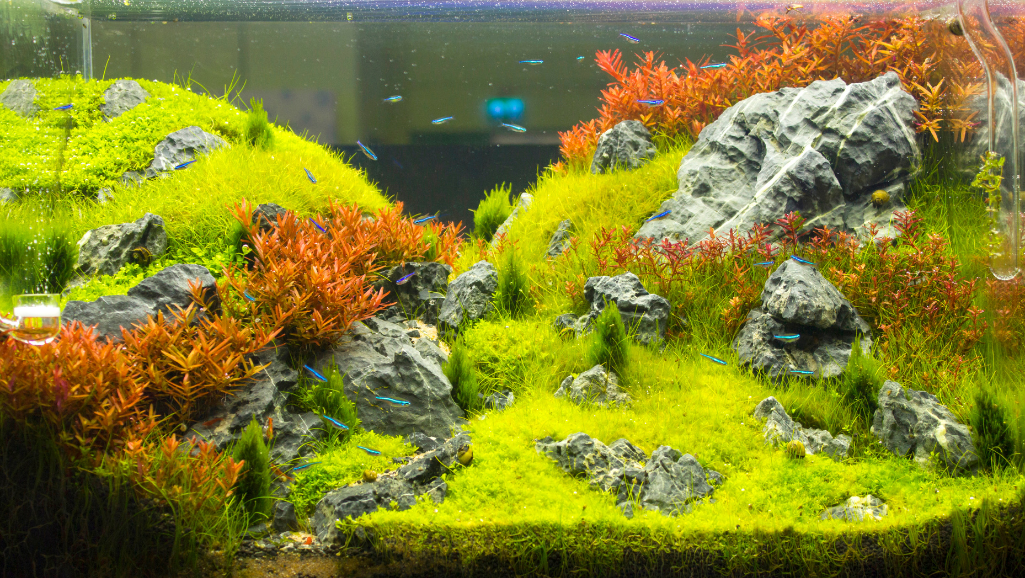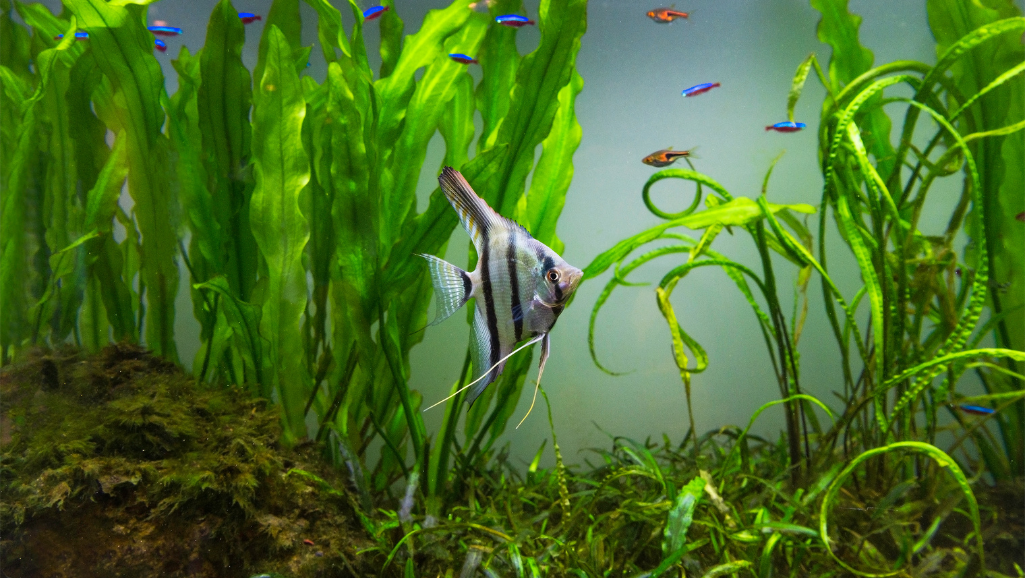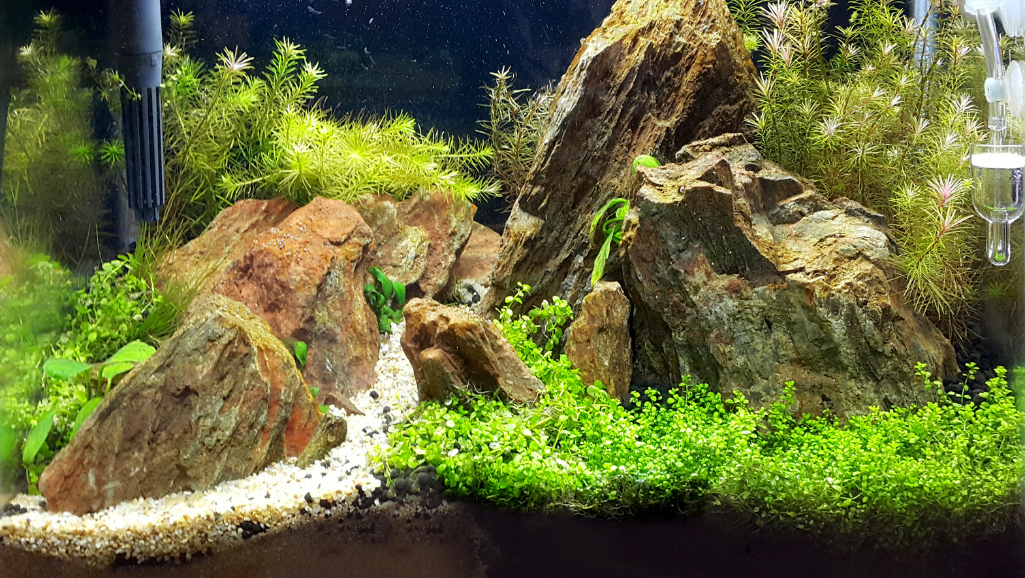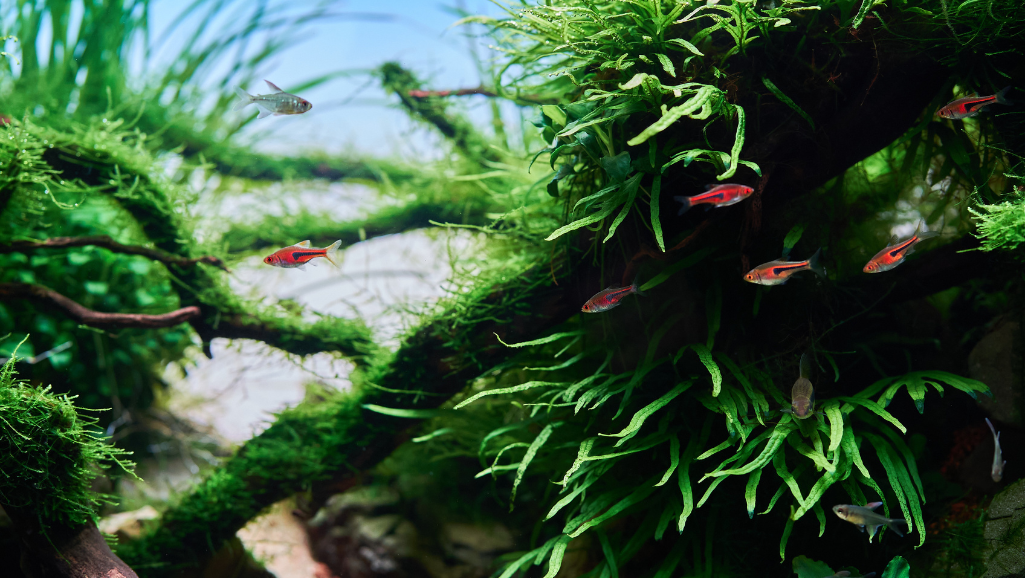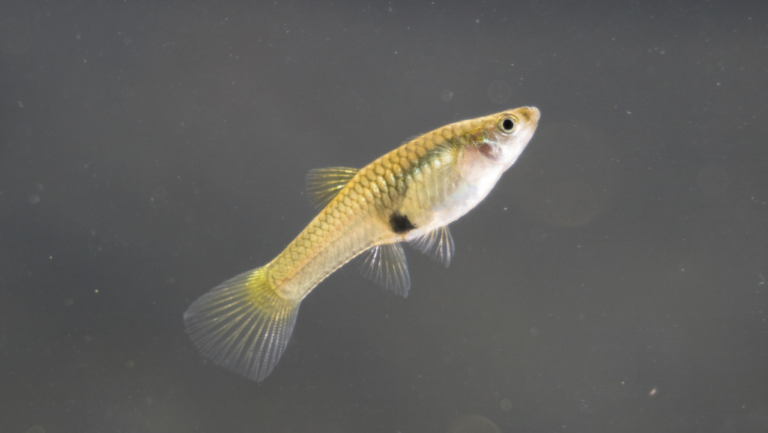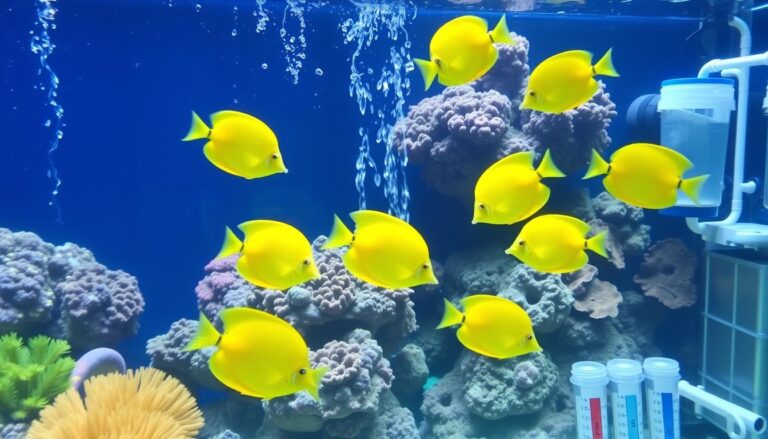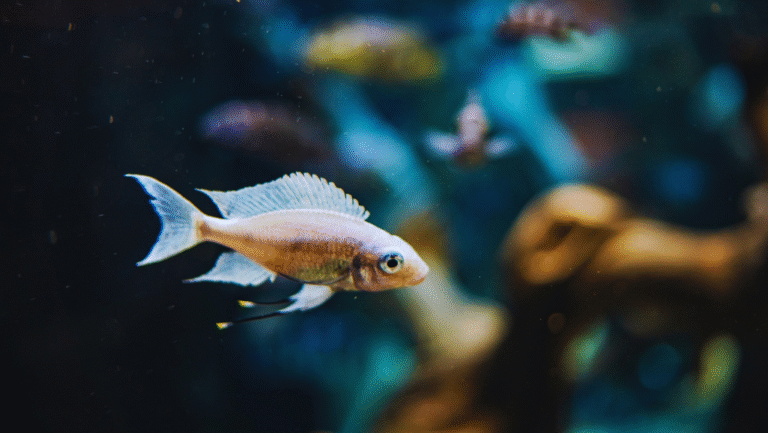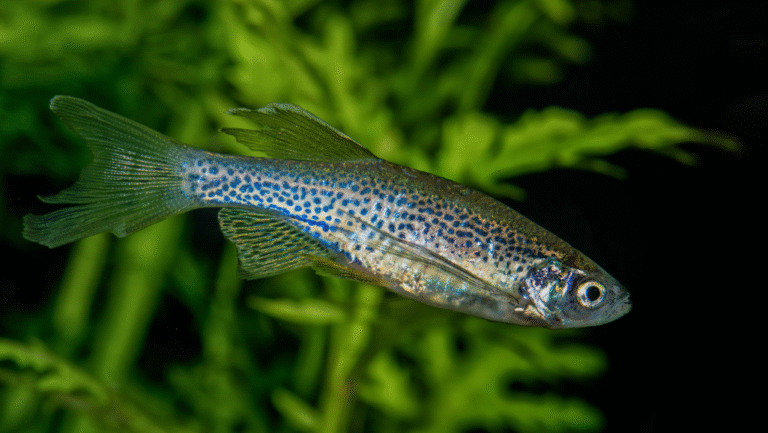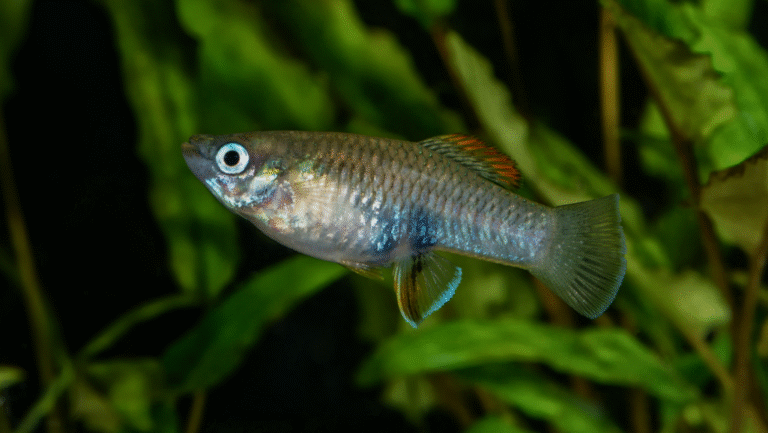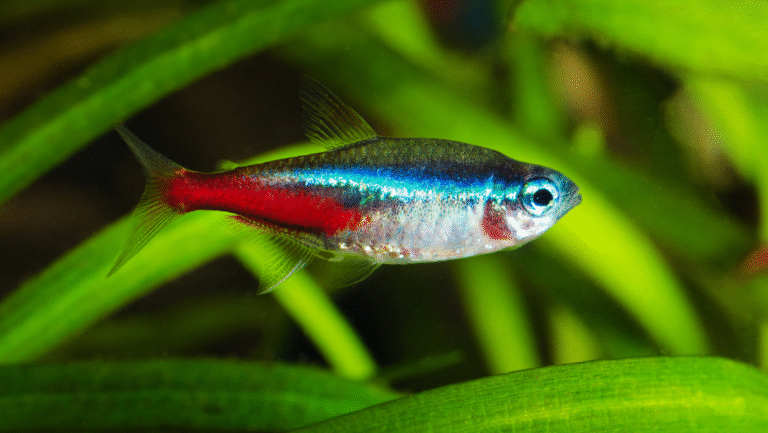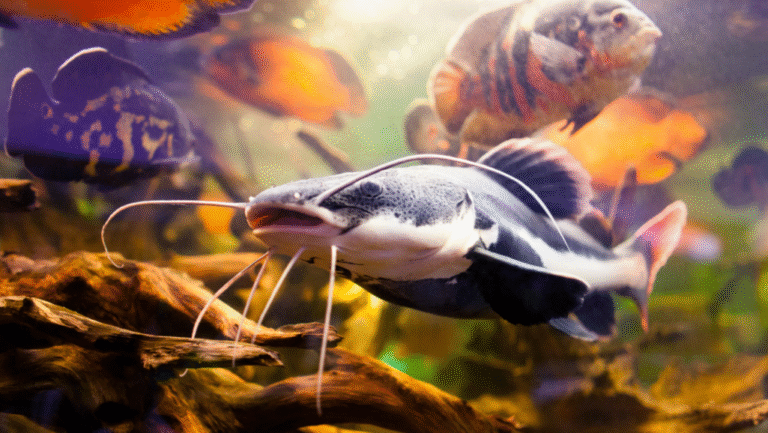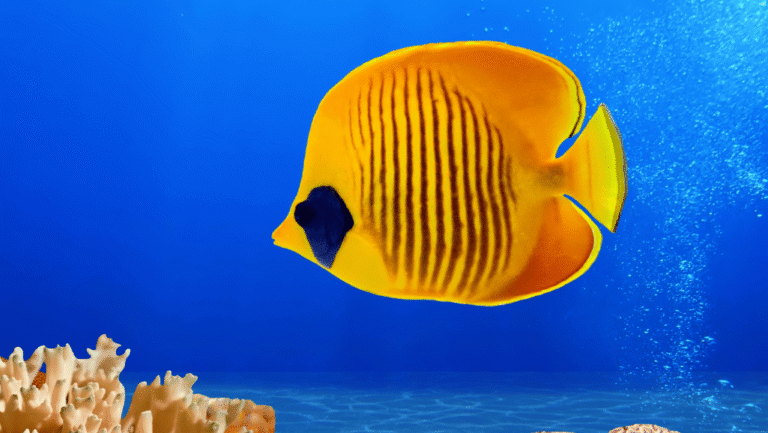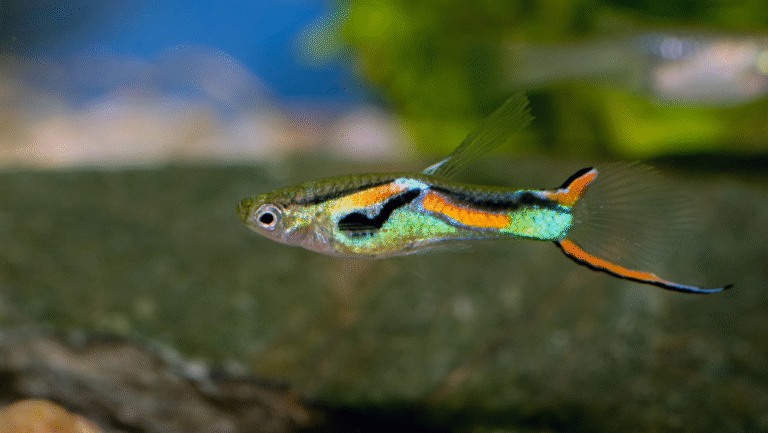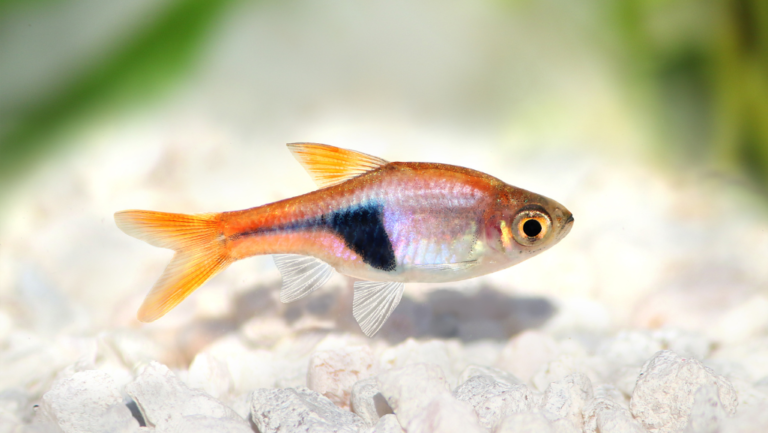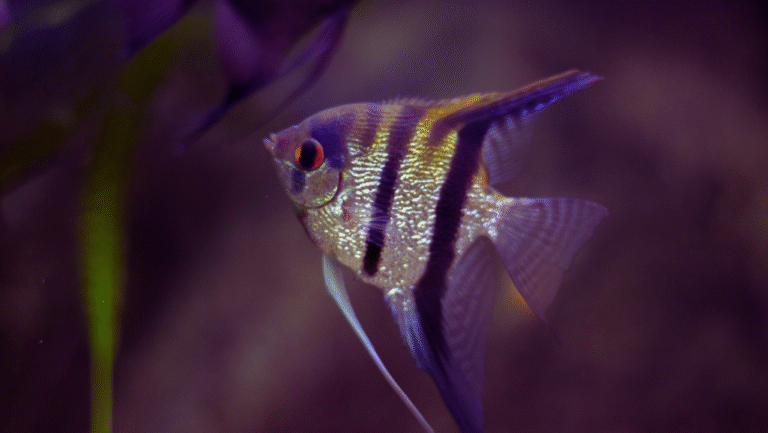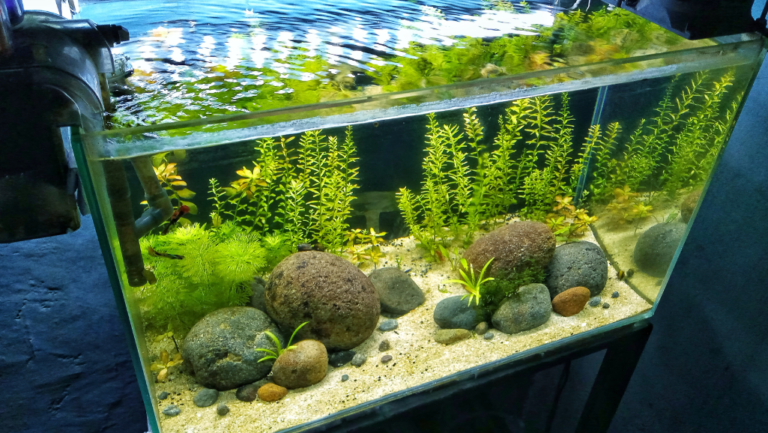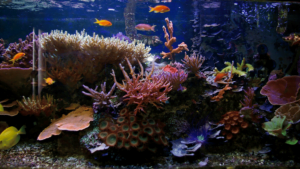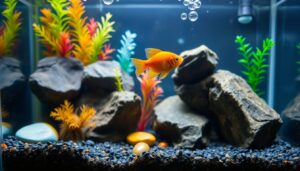Maintaining a healthy aquarium ecosystem requires regular attention to its substrate. Over time, debris and waste can accumulate in the gravel, affecting water quality and the well-being of your aquatic life. Proper care ensures a balanced environment and prevents issues like algae growth or harmful bacteria disruption.
There are several effective methods for keeping your gravel in top condition. Gravel vacuuming removes debris without disturbing beneficial bacteria. Manual scrubbing and thorough rinsing also play a key role in maintaining cleanliness. Scheduling these tasks during routine water changes can save time and preserve the tank’s chemistry.
Using aquarium-safe tools is essential to avoid introducing harmful chemicals. Regular maintenance not only enhances the appearance of your setup but also supports the health of your aquatic inhabitants. For more detailed tips on aquarium care, How to Clean Fish Tank Stones, check out our guide on aquarium maintenance.
Key Takeaways
- Regular substrate care maintains a healthy aquarium ecosystem.
- Gravel vacuuming removes debris and preserves water quality.
- Use aquarium-safe tools to avoid chemical contamination.
- Schedule cleanings during water changes for efficiency.
- Proper rinsing prevents harmful substances from entering the tank.
Preparing to Clean Your Fish Tank Stones
Proper preparation ensures a smooth and safe cleaning process for your aquarium. Gathering the right tools and planning ahead can make the task efficient and stress-free. This step-by-step approach helps maintain a balanced environment for your aquatic life.
Gather the Right Tools
Start by assembling essential equipment. A gravel vacuum is crucial for removing debris without disturbing the substrate. Pair it with an algae scrubber to tackle stubborn growth on surfaces. Multiple buckets are necessary—one for waste water and another for fresh water. Ensure the bucket is large enough to hold at least 5 gallons, depending on your setup.
Using a dedicated siphon with adjustable flow control ensures effective waste removal. Avoid household cleaners or soaps, as they leave toxic residues. Instead, rely on aquarium-safe tools to maintain water quality.
Remove Fish and Plants Safely
Before starting, relocate your aquatic inhabitants. Use a net to transfer fish to a temporary holding tank filled with tank water. This minimizes stress and keeps them safe during the process. For plants, gently remove them to avoid root damage. Place them in a separate container with water from the aquarium.
Save 25-30% of the original tank water for replenishment. This preserves beneficial bacteria and maintains the tank’s chemistry. Turn off all electronic components, including the filter and heater, to prevent accidents.
Test tap water for chlorine and chloramine levels before use. Use a water conditioner to neutralize harmful chemicals. Ensure the replacement water matches the temperature of the current tank water to avoid stressing your aquatic life.
“Preparation is the foundation of a healthy aquarium. Taking the time to gather the right tools and plan ahead ensures a safe and efficient cleaning process.”
For more detailed tips on maintaining your setup, check out our guide on aquarium maintenance.
How to Clean Fish Tank Stones
Effective substrate maintenance is key to a thriving aquatic environment. Over time, debris and waste can accumulate, affecting water quality and the health of your aquatic life. By following the right techniques, you can ensure a balanced ecosystem and prevent issues like algae growth or harmful bacteria buildup.
Using a Gravel Vacuum for Deep Cleaning
A gravel vacuum is an essential tool for removing debris from the substrate. Start by creating suction with the siphon and move it slowly in a spiral motion. This technique ensures thorough cleaning without disturbing beneficial bacteria. For larger tanks, choose a siphon that’s powerful enough to handle the volume efficiently.
During a water change, use the vacuum to clean small sections at a time. This approach preserves the tank’s chemistry and prevents over-cleaning. For more tips on using a gravel vacuum, check out our guide on aquarium gravel vacuuming.
Scrubbing Off Algae and Debris
Algae buildup on stones can be stubborn. Use a nylon brush or magnetic cleaner to scrub surfaces gently. Avoid harsh scrubbing to prevent scratches on the tank or decorations. For persistent algae, a safe bleach solution (1:20 ratio with water) can be effective. Always triple-rinse after chemical treatments to ensure no residue remains.
Rinsing Without Disturbing the Substrate
After scrubbing, rinse the substrate thoroughly until the water runs clear. For multi-depth setups, start from the bottom layer and work upwards. This method ensures each layer is clean without disrupting the entire substrate. Preserve sand substrates by using a fine mesh to avoid losing particles during rinsing.
Check water flow through all gravel layers to prevent anaerobic pockets. These pockets can disrupt water quality and harm aquatic life. Regular maintenance keeps your tank healthy and visually appealing.
Advanced Tips for Maintaining Clean Stones
Long-term care for your aquarium stones involves more than just routine cleaning. By implementing advanced strategies, you can prevent issues like algae growth and stubborn stains while preserving the health of your aquatic environment.
Preventing Algae Growth Long-Term
Algae thrives in environments with excess light and nutrients. Use LED light timers to limit exposure to 8-10 hours daily. This reduces the chances of algae-promoting conditions. Adding phosphate-absorbing media to your filter can also help control nutrient levels.
Consider using a UV sterilizer for persistent algae issues. This device neutralizes algae spores without harming beneficial bacteria. Regularly check water parameters to ensure balanced conditions.
Handling Stubborn Stains or Bacteria
For calcium deposits, soak stones in a vinegar solution (1:3 ratio with water) for 30 minutes. Rinse thoroughly to remove any residue. For bacterial buildup, a UV sterilizer can be highly effective.
Always quarantine new substrate additions to prevent introducing harmful bacteria. Use a dedicated brush for scrubbing to avoid cross-contamination.
When to Replace vs. Clean Your Stones
Test stone porosity by observing water absorption. If stones become too porous, they may harbor harmful bacteria and should be replaced. For minor issues, thorough cleaning with a gravel vacuum and rinsing can restore their condition.
Rotational cleaning schedules for different tank zones can prevent overcleaning. This maintains biological filtration while keeping the substrate fresh.
“Advanced care techniques ensure a balanced and healthy aquarium environment, preserving both aesthetics and aquatic life.”
- Use LED timers to control light exposure and prevent algae growth.
- Incorporate phosphate-absorbing media to manage nutrient levels.
- Soak stones in vinegar solutions for calcium deposit removal.
- Quarantine new substrate to avoid introducing harmful bacteria.
- Test stone porosity to decide between cleaning and replacement.
Conclusion
A well-maintained aquarium starts with consistent care of its substrate. Regular attention to gravel and other elements ensures a balanced ecosystem, preventing issues like algae growth and harmful bacteria buildup. Using the right tools, such as a gravel vacuum and algae scrubber, simplifies the process and maintains water quality.
Establishing a biweekly routine for maintenance is cost-effective and keeps your setup thriving. Pairing substrate care with filter checks ensures comprehensive care. Always monitor water parameters and observe your aquatic life’s behavior after maintenance to confirm their well-being.
For more detailed guidance on maintaining a healthy aquarium, explore our aquarium care guide. Consistent care not only enhances the beauty of your setup but also supports the health of your plants and aquatic inhabitants.
